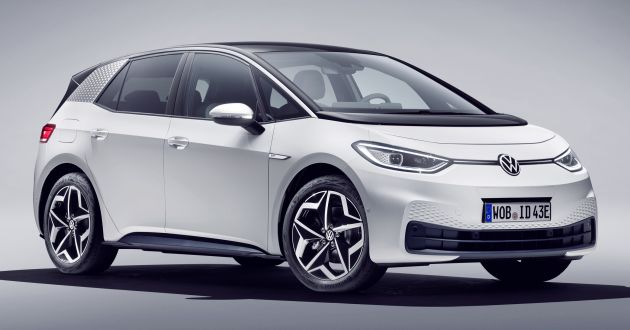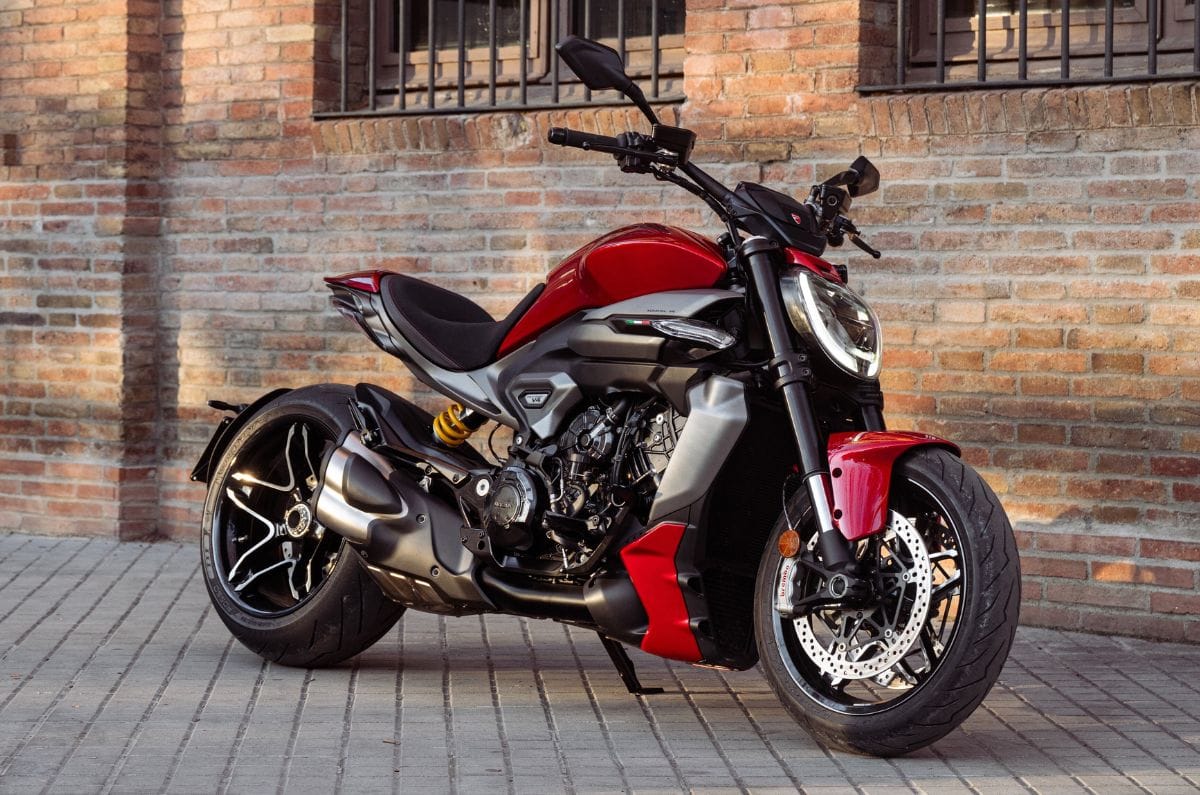Volkswagen’s high-voltage electric car battery detailed
Volkswagen’s modular electric drive architecture, or MEB for short, is a platform that was unveiled back in September 2018. It will be shared group-wide across all brands under the Volkswagen Group, but the company is also in talks to supply MEB to rival automakers.
Since then, a range of new MEB-based electric cars have been introduced, starting with the ID.3 hatch, ID.4, the soon-to-be-unveiled ID.5 SUV Coupe and ID.Buzz, as well as the Audi Q4 e-tron and Q4 Sportback e-tron. To roll out that many new EVs in such a short period means they share largely the same underpinnings, from the number of electric motors and their output, as well as fixed battery sizes.
Since the unveiling of the ID.3, Volkswagen has made it clear that customers can choose from three battery sizes, starting with the base 45 kWh that provides up to 352 km of range (WLTP cycle), or 58 kWh with up to 426 km of range, or the range-topping 77 kWh pack with a maximum range of 549 km. But the truth of the matter is, the battery system has a scalable design, so the kilowatt-hour ratings can vary depending on the vehicle model.
The battery system is made up of aluminium profiles, and each compartment holds a battery module comprising 24 cells, encased with a flexible outer shell. For example, the 45 kWh battery contains seven modules, the 52 kWh unit has eight, and the 58 kWh battery nine modules. These are all spread out in 10 compartments in each case.
The largest 77 kWh battery is made up of 12 modules, taking up all 12 compartments. It measures 182 cm long, while the smallest battery measures 142 cm length-wise. Both versions have identical width profile of 145 cm and a height of 14 cm, which simplifies the vehicle design process because these dimensions are more or less fixed.
These battery packs weigh between 320 kg and 500 kg, so they are often mounted skateboard-style, meaning they occupy the bulk of the space between the two drive axles for the best weight distribution. They will all be mounted at the lowest point of the car (lower centre of gravity means better stability and driving dynamics), and bolted onto the body for extra rigidity.
A strong frame shrouds the battery compartment from damage in the event of a crash, and closed off by an aluminium cover. There is also a cooling plate and another aluminium sheath positioned under the battery cell compartment.
What if you do end up in an accident? Well, there is another fail-safe function to ensure that the battery won’t catch fire. The main control unit and the connection box (with fuses) are mounted at the rear of the battery system. They will instantly de-energise the vehicle in the event of a serious accident. There are other sensors in the battery management controller to monitor cell voltage and temperature.
The battery supports both AC (Type 2 interface) and DC fast-charging (CCS connection) as standard. A home wallbox provides a maximum charging rate of 11 kW, while the charge rate for DC charging is dependent on the size of the battery pack. For instance, the 45 kWh battery pack can be charged at up to 50 kW; the 58 kWh battery can take up to 100 kW, and the largest 77 kWh battery pack is capable of up to 125 kWh. At full tilt, a 30-minute charge yields 320 km of range (WLTP).
Production of the battery systems takes place at the Volkswagen Group Components plant in Braunschweig, where they were also developed. The plant can produce up to 500,000 MEB batteries a year, an area equal to nine football fields. Other sites that produce the battery systems are Foshan and Anting (China), but new ones in Chattanooga (USA) and Mlada Boleslav (Czech Republic) will supplement the chain.
Since VW is aiming to be a carbon-neutral company, its European supplier manufactures the battery cells using renewable energy. And like many other leading electric vehicle manufacturers, Volkswagen is developing solid-state battery together with QuantunScape. In addition, preparations are underway for Volkswagen to start its own battery cell production in Salzgitter.
Many people discredit the benefits of electric vehicles because the batteries are brushed off as being completely unrecyclable. That isn’t true. As a matter of fact, Volkswagen said the battery can be repurposed under second-life schemes as energy storage units for quick-charging stations.
Otherwise, used batteries can even be recycled and used as a source of raw materials. A pilot plant for the recovery of valuable battery components has already been put into operation at the Volkswagen Group Components site in Salzgitter. By the way, Volkswagen guarantees a minimum battery capacity of 70% for eight years or 160,000 km.
The post Volkswagen’s high-voltage electric car battery detailed appeared first on Paul Tan's Automotive News.
from Paul Tan's Automotive News
Read The Rest:paultan...






Post a Comment